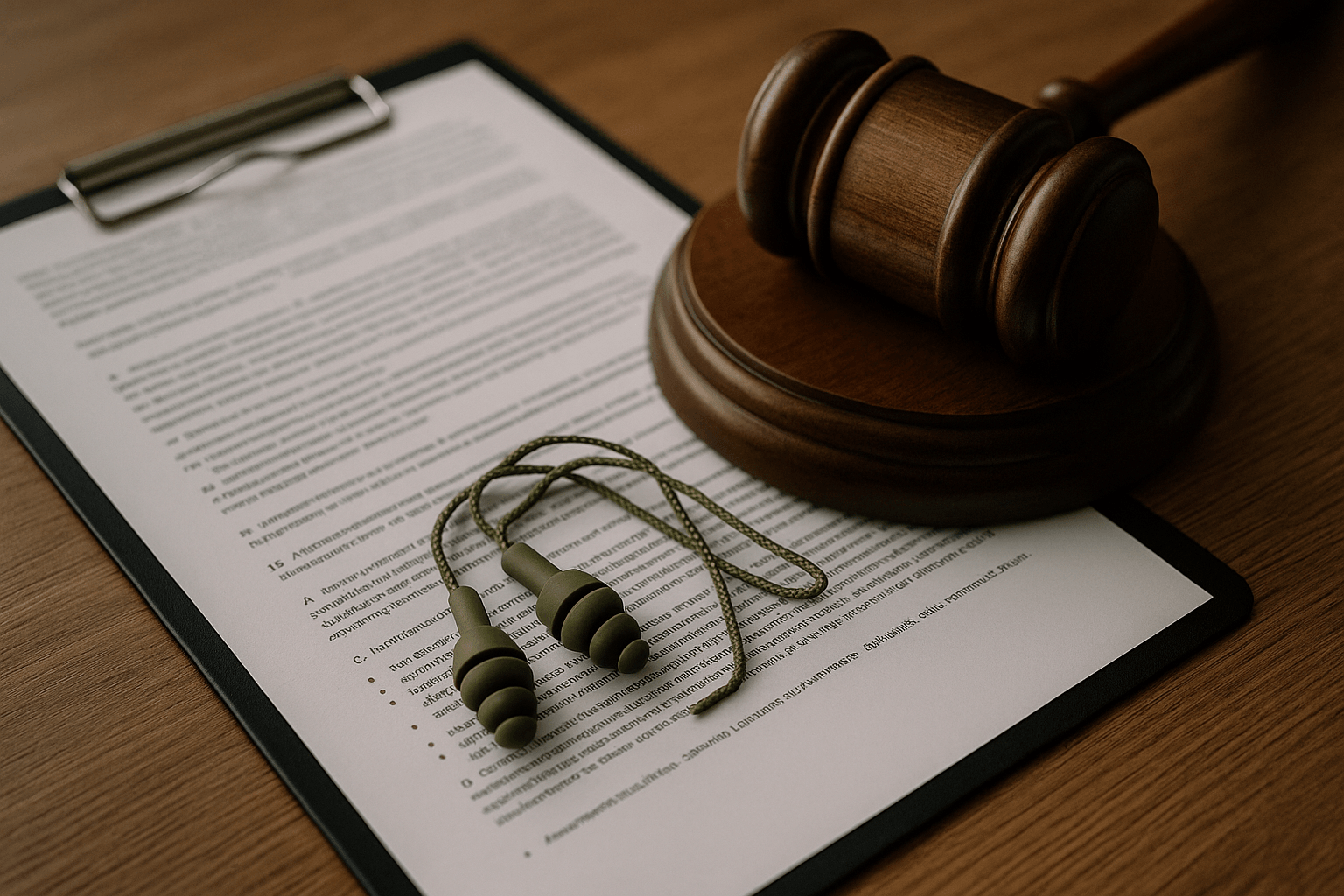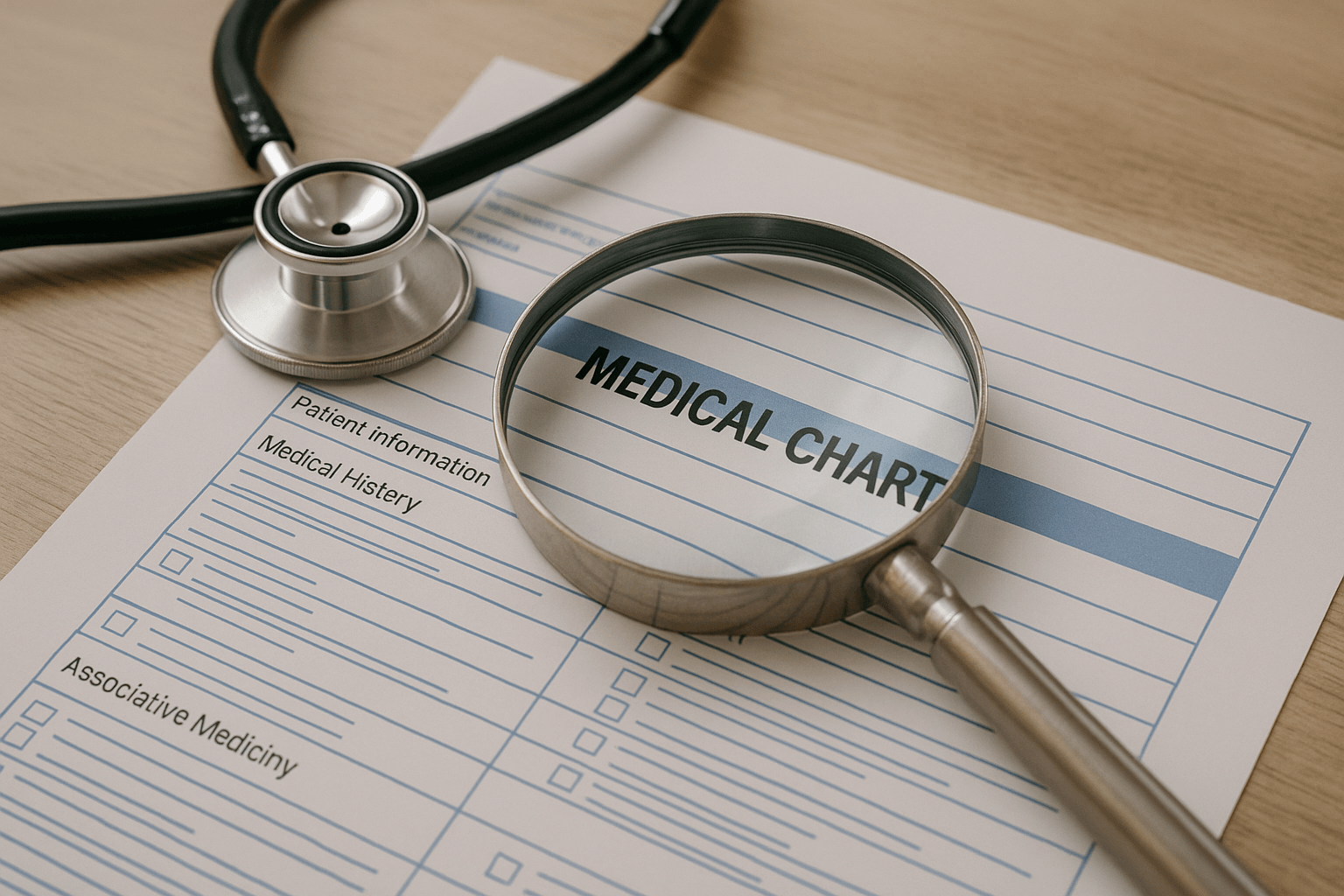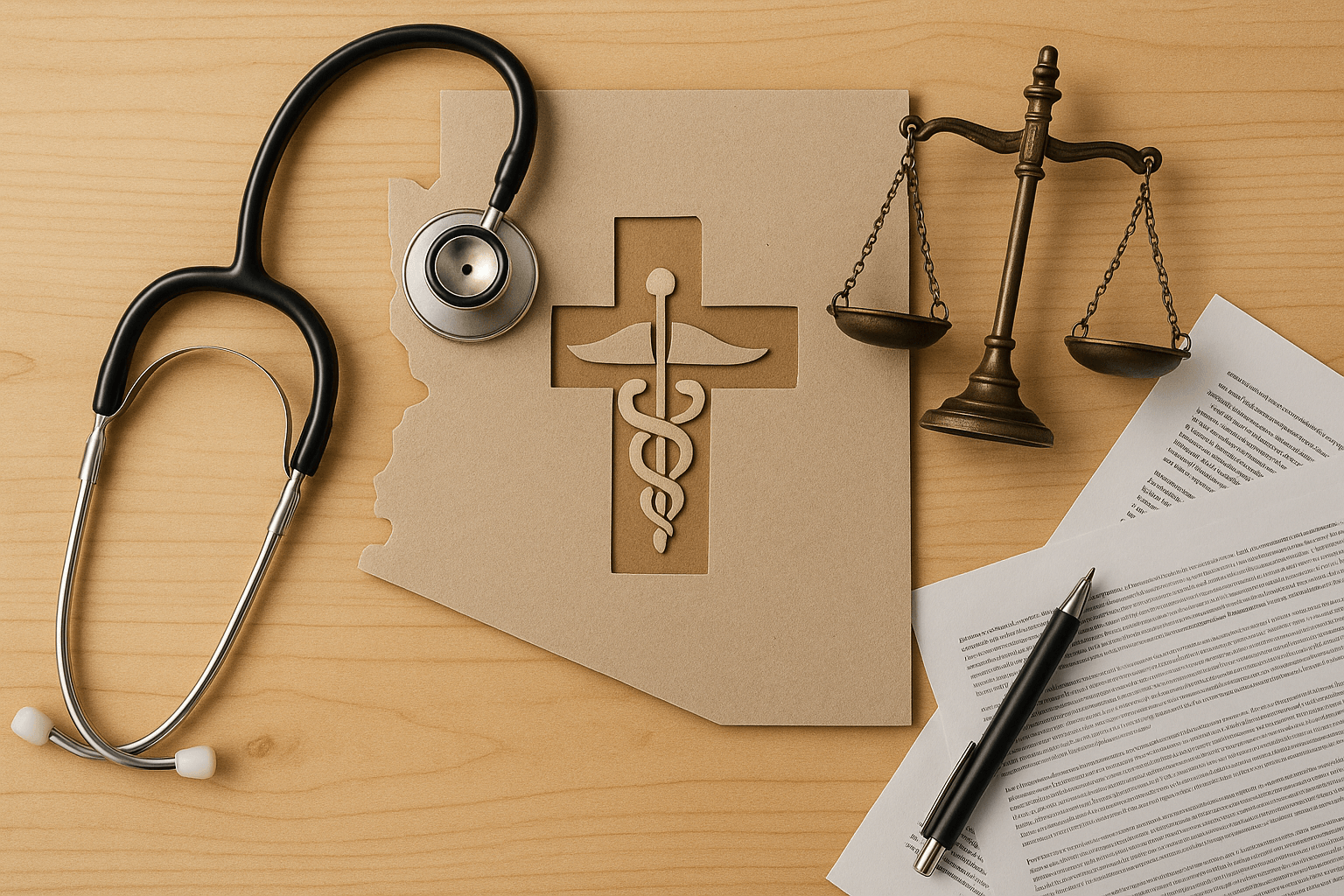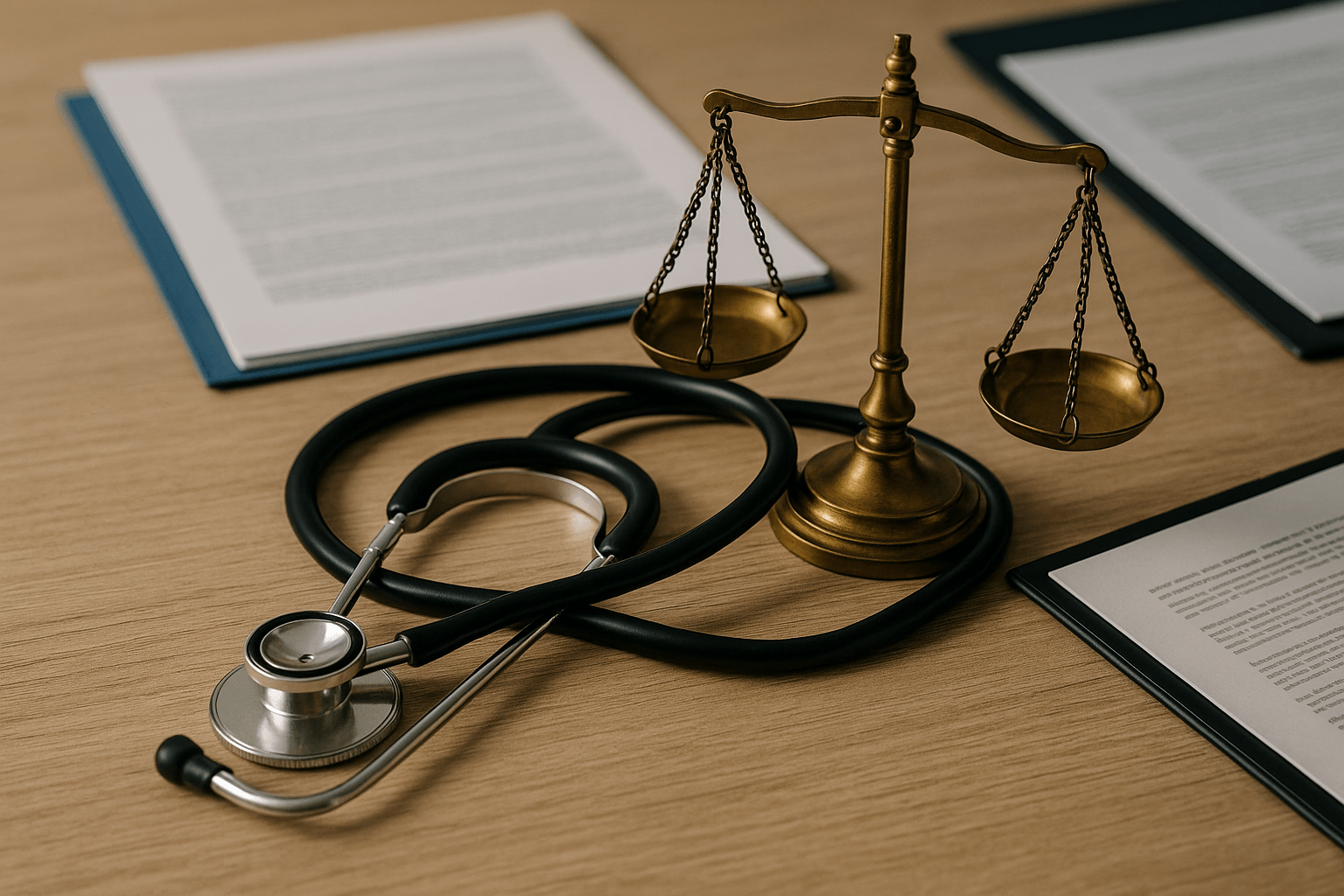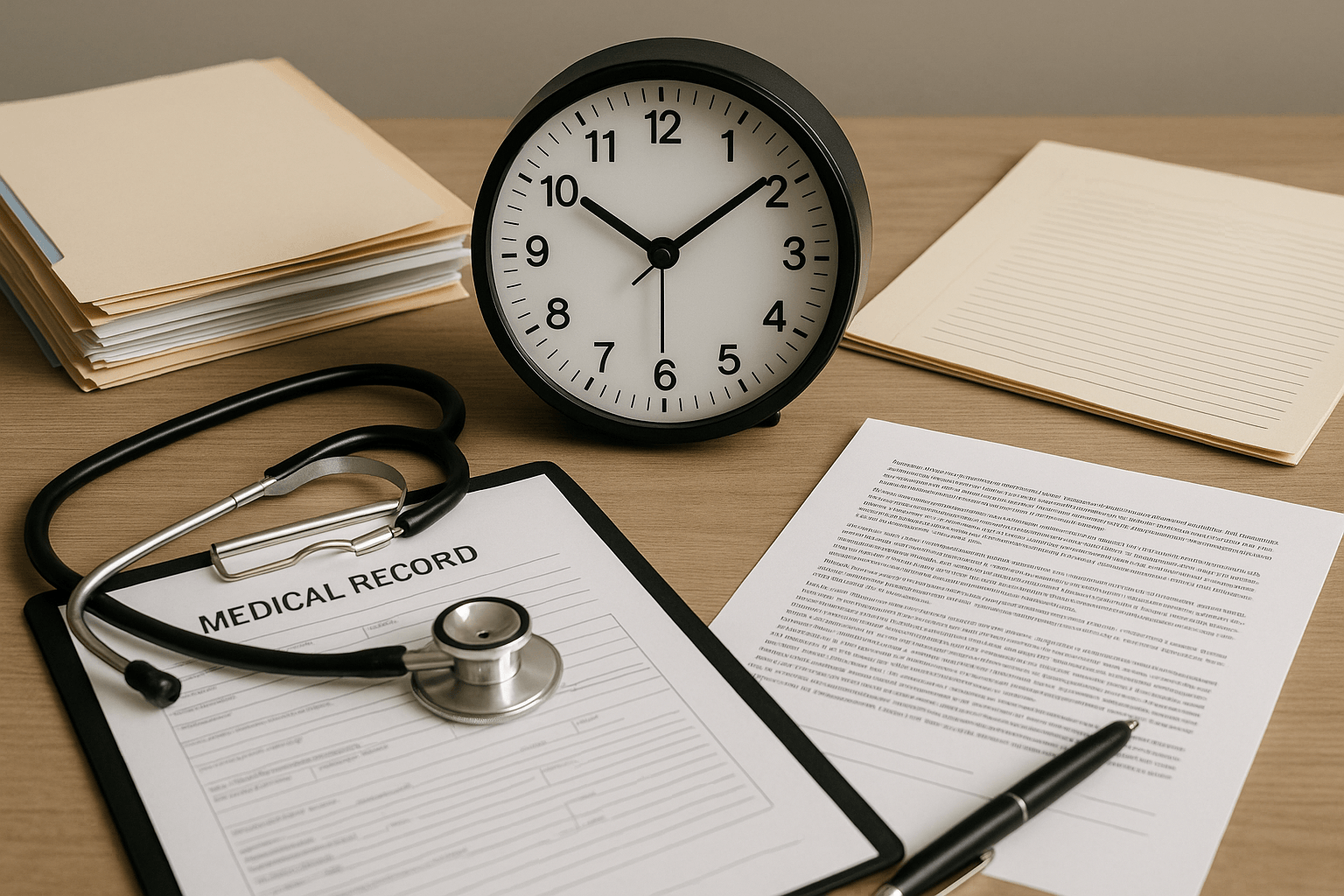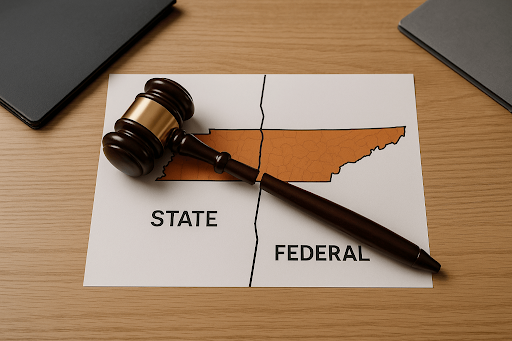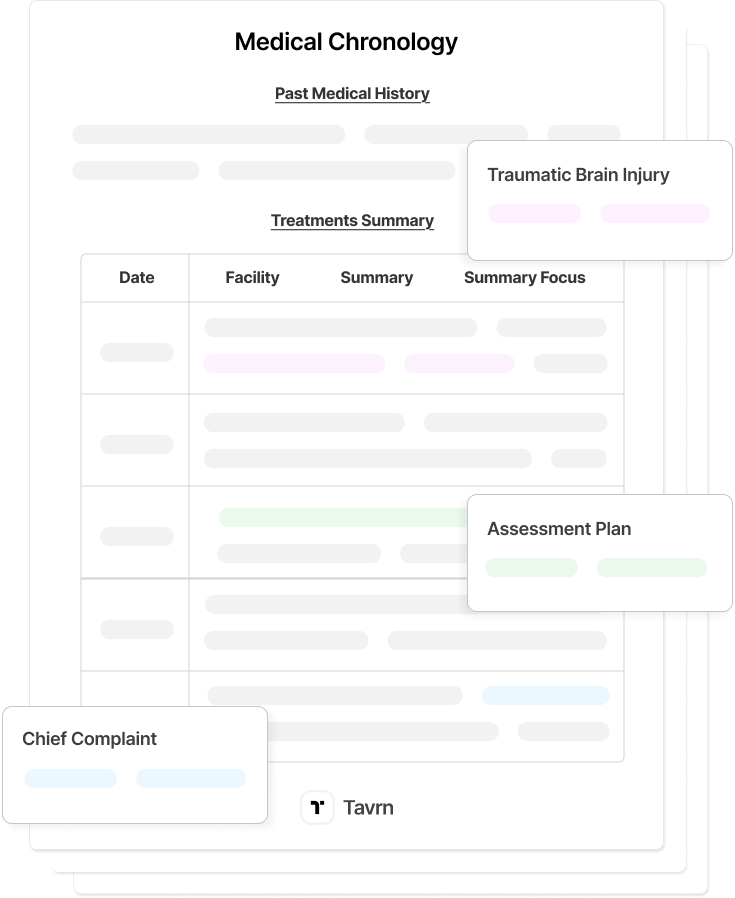Medical record retrieval is the critical first step in building successful personal injury and medical malpractice cases.
Lawyers need a comprehensive view of their clients’ medical documentation to accurately evaluate case potential, establish liability parameters, and compose demand packages that lead to higher settlements.
This guide explains what medical records are, the legal requirements governing their access, common retrieval methods, and how AI-powered platforms help lawyers build stronger cases.
What Are Medical Records?
Medical records are official documents that contain a patient's complete medical history, including diagnoses, treatments, medications, test results, and notes from healthcare providers. These records serve as a comprehensive account of an individual's health journey and are essential for continuity of care, legal documentation, and insurance purposes.
In the legal setting, medical records serve as foundational evidence establishing causation, quantifying damages, and enabling expert testimony.
Under HIPAA regulations, as stipulated in Title 45 of the Code of Federal Regulations (CFR 45) §164.501, "designated record sets" include medical and billing records maintained by covered healthcare providers, enrollment and claims records from health plans, and any records used to make decisions about individuals.
The designated record set includes:
- Progress notes
- Operative summaries
- Discharge documentation
- Diagnostic reports
- Imaging studies
- Medication histories
- Therapy records
- Billing statements
- Insurance claims documentation
Provider sources span the complete healthcare ecosystem, covering hospitals, outpatient clinics, diagnostic laboratories, imaging centers, rehabilitation facilities, pharmacies, and specialty providers.
Medical Records With Heightened Privacy Protections
Certain medical records carry stricter privacy protections and may require extra authorizations or court approval to obtain.
- Psychotherapy notes receive heightened protection under §164.501.
- Substance use disorder records often necessitate specific court intervention, under CFR 42 Part 2.
Why Are Medical Records Important to Legal Cases?
Medical records serve as critical evidence for successful litigation on six fronts:
- Establishing Causation and Liability
Medical records create the temporal framework linking defendant actions to plaintiff injuries, providing objective proof beyond subjective client testimony.
Complete documentation reveals injury onset, progression trajectory, complication development, and treatment response patterns—critical for accurate causation analysis.
- Quantifying Economic Damages
Billing statements, invoice documentation, rehabilitation costs, and ancillary service records provide the financial foundation for calculating economic damages in personal injury and malpractice cases.
Multiplier methods, per diem approaches, and future medical cost projections all rely on complete medical documentation.
- Anticipating Defense Strategies
Thorough record review processes help attorneys anticipate defense arguments before settlement negotiations or trial proceedings. Understanding these potential defense points is crucial for building a stronger case, maximizing the client’s chances for a favorable outcome.
Medical records contain defense and impeachment material revealing pre-existing conditions, treatment gaps, inconsistencies in reported symptoms, and potential claim overstatements.
- Supporting Expert Witness Testimony
Incomplete record sets undermine expert credibility and invite opposing counsel challenges.
According to the National Library of Medicine's expert witness requirements, medical experts must review complete records to establish standard of care analysis, support causation opinions, and provide credible damage quantification.
- Informing Settlement Negotiations
Settlement positioning improves when lawyers have complete record access:
- Early record acquisition helps lawyers evaluate case potential and make informed case acceptance decisions before filing deadlines.
- Full documentation leads to more accurate case valuation and establishes negotiation parameters.
Legal Ground Rules of Medical Record Retrieval
Medical record retrieval is guided by rules that protect patient privacy and guarantee access rights. It is critical that legal practitioners understand how HIPAA works, which authorizations are required, and which legal processes apply to their cases.
HIPAA Right of Access Requirements
CFR 45 establishes clear timelines, format standards, and cost limitations for healthcare providers responding to patient medical record requests.
Under HIPAA, "covered entities" refer to healthcare providers (hospitals, clinics, doctors), health plans (insurance companies, HMOs), and healthcare clearinghouses that transmit health information electronically. These entities are legally bound by HIPAA's privacy and security requirements when handling protected health information.
Under §164.524, covered entities must respond to valid patient requests within 30 calendar days of receipt. One 30-day extension is permitted if written notice explaining the delay is provided.
Electronic records must be provided in electronic format when requested and readily producible, as specified in §164.524(c)(2).
Fee limitations protect patients from excessive charges. §164.524(c)(4) stipulates that fees must be reasonable and cost-based, covering only labor, supplies, media, and postage expenses.
Patient-Directed Third-Party Access
Patients have the right to direct covered entities to send protected health information to third parties, including legal representatives, subject to the same 30-day timeline and fee limits as above.
Limitations exist for non-electronic records and legacy data not accessible through electronic systems, and providers may require specific authorization language or standardized forms.
Subpoena and Court Order Procedures
Subpoena duces tecum requires additional HIPAA compliance steps under §164.512(e). Covered entities may disclose protected health information only after receiving satisfactory assurances that reasonable efforts were made to notify the patient or a qualified protective order was obtained.
According to the United States Department of Health and Human Services (HHS) guidance, subpoenas issued by attorneys or court clerks do not constitute court orders, and court orders signed by judges must specify exact records sought and include appropriate confidentiality protections.
Providers typically require proof of patient notice or qualified protective order documentation before responding to subpoenas. Attorney representation letters alone do not satisfy HIPAA disclosure requirements.
Business Associate Considerations
Law firms handling protected health information on behalf of covered entities may trigger HHS business associate obligations, but plaintiff representation typically falls outside these requirements when attorneys act on behalf of patients rather than healthcare providers.
Information Blocking Restrictions
The 21st Century Cures Act provisions under CFR 45 §171 discourage interference with electronic health information access. Patient portal exports and API-based transfers reduce administrative friction compared to traditional fax-based or mail-based request systems.
How Are Medical Records Requested?
Provider cooperation, case sensitivity, and case urgency dictate which medical record retrieval process is most appropriate.
- Client Authorization and Patient Access Channel
The most direct retrieval method involves obtaining HIPAA-compliant authorization forms from clients, enabling them to initiate requests through patient portals with delivery directed to legal representation.
Client authorization triggers the 30-day HIPAA Right of Access timeline and typically receives priority processing from healthcare providers. Client-initiated requests encounter fewer administrative obstacles, and patient portals increasingly offer electronic downloads that eliminate mailing delays.
- Subpoena Duces Tecum
Subpoenas are necessary when authorization proves insufficient or providers decline voluntary disclosure.
This method requires protective order language or proof of patient notice under HIPAA compliance requirements. When resistance is maintained pending court intervention, escalation may be required to avoid delays. maintain resistance pending court intervention, creating delays that may require escalation.
- Court Order or Motion to Compel
Court orders are reserved for uncooperative providers or highly sensitive documentation requiring judicial oversight.
This method requires judicial determination and specific disclosure parameters addressing both discovery needs and privacy protection. Scope limitations established through court orders reduce provider objections and expedite compliance.
How are Medical Records Retrieved?
Legal requests establish the right to access medical records, but retrieval is the separate stage where those requests are carried out. Once an authorization, subpoena, or court order is in place, the process shifts to obtaining the records from providers, managing timelines, and ensuring complete delivery.
Traditionally, medical record retrieval has been a hybrid process, prone to complexity and delay, but modern AI-powered platforms offer a more efficient solution.
Traditional Approaches
Most legal practices combine traditional outreach methods (fax, mail, telephone follow-up) with available portal access. Tracking often relies on manual spreadsheet workflows or generic practice management software.
Legal professionals become accustomed to a practice-specific retrieval process, but manual solutions struggle to scale as caseload increases.
AI-Powered Retrieval Platforms
Automated retrieval platforms replace hybrid, inefficient processes. Instead of phone calls and fax machines, legal AI platforms use direct connectors, built-in validation logic, and automated follow-up sequences to retrieve medical records.
APIs enable complete retrieval in days rather than weeks. Once retrieved, AI parses records, normalizes formats, and flags missing documentation automatically.
Common Medical Records Retrieval Challenges
Most retrieval challenges stem from manual or hybrid approaches, where paralegals are forced to manage multiple communication methods, file formats, and provider systems.
- System fragmentation forces legal teams to manage separate submission processes, tracking methods, and follow-up protocols for each facility.
- Record format inconsistencies require paralegals to standardize PDFs, paper documents, and faxed records manually, before attorney review.
- Over-redaction and metadata losses of page numbers, dates, and key case details compromise accuracy.
- Provider nonresponse and tracking limitations keep paralegals on the phone instead of working on strategy.
When law firms increase their caseloads, these challenges become systemic problems.
- Labour costs increase when firms hire more staff for manual tasks.
- Errors compound, leading to more costly resubmissions.
- Compliance exposure grows as inconsistent processes scale.
What Are the Benefits of Automated Medical Records Retrieval?
AI-powered platforms transform inefficient manual processes into speedy, accurate, centralized workflows.
Time Optimization
AI-based systems unify fragmented processes into a single workflow, replacing emails, faxes, and spreadsheets with user-friendly centralized management.
Automated escalation sequences chase unresponsive providers and keep requests moving forward without manual oversight—regular escalation leads to faster retrieval.
Scalable Visibility
Centralized dashboard monitoring offers real-time insight into request statuses and compliance audit trails.
With AI systems tracking active retrieval processes, law firms can scale confidently, without hiring additional staff or risking compliance failures. The administrative load reduction allows team leaders to reallocate staff to higher-value strategic work.
Error Reduction
Medical record retrieval platforms leverage built-in validation logic to check fields, verify date ranges, and standardize formats before requests are submitted.
Instances of resubmission drop significantly, and returned records are automatically parsed, normalized, and tagged with the correct metadata. Legal teams receive consistent and reliable information so they can move forward with demand review and submission.
From Administrative Burden to Strategic Resource
Complete medical records are critical to personal injury and medical malpractice cases. Strong claims depend on both accurate and timely retrieval processes. Manual retrieval often forces law firms to choose one or the other.
AI-powered platforms streamline the retrieval process by centralizing provider communication, validating requests automatically, and handling follow-ups without human intervention. The shift eliminates weeks of administrative work, reduces overhead costs, and keeps case preparation moving forward confidently.
Tavrn gets medical records 70% faster. Learn how.

.webp)
.webp)


